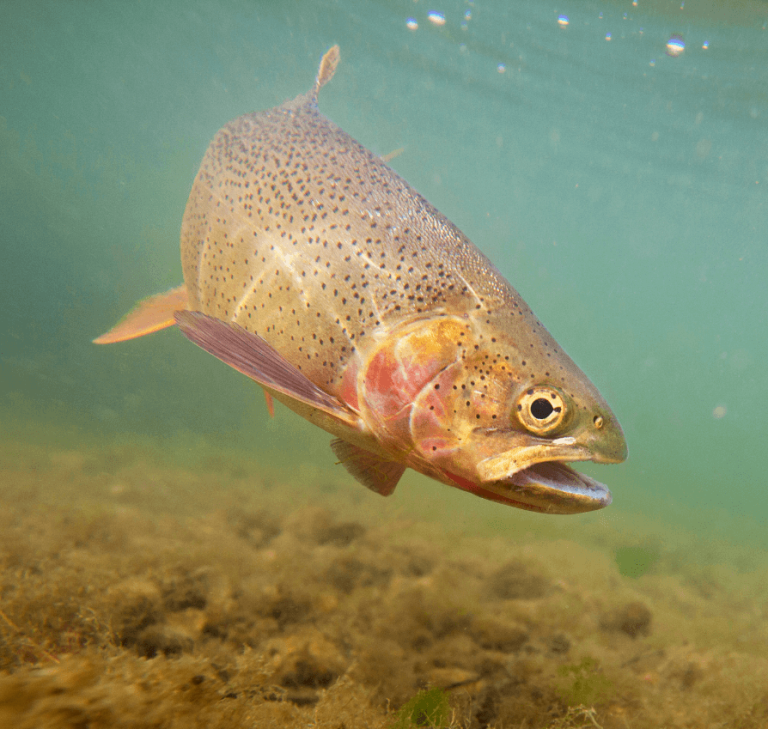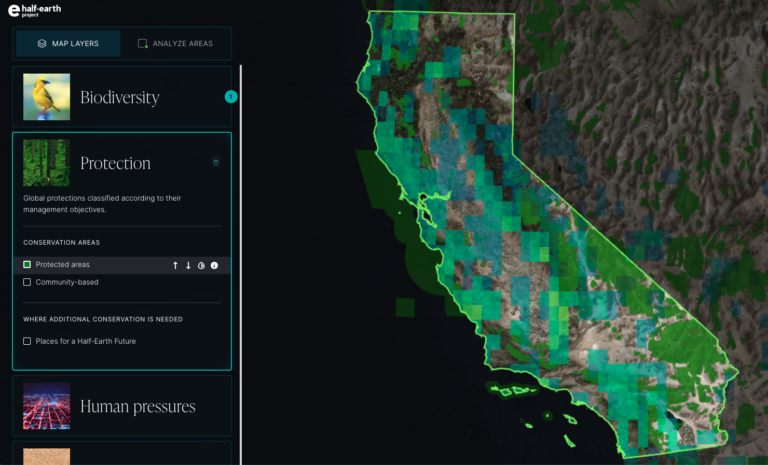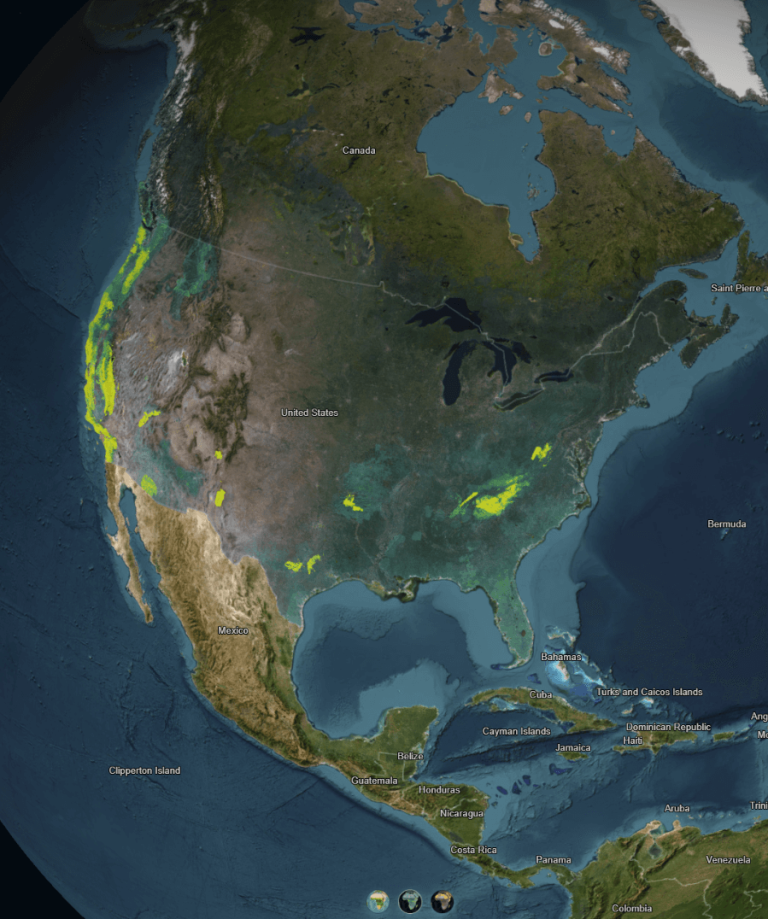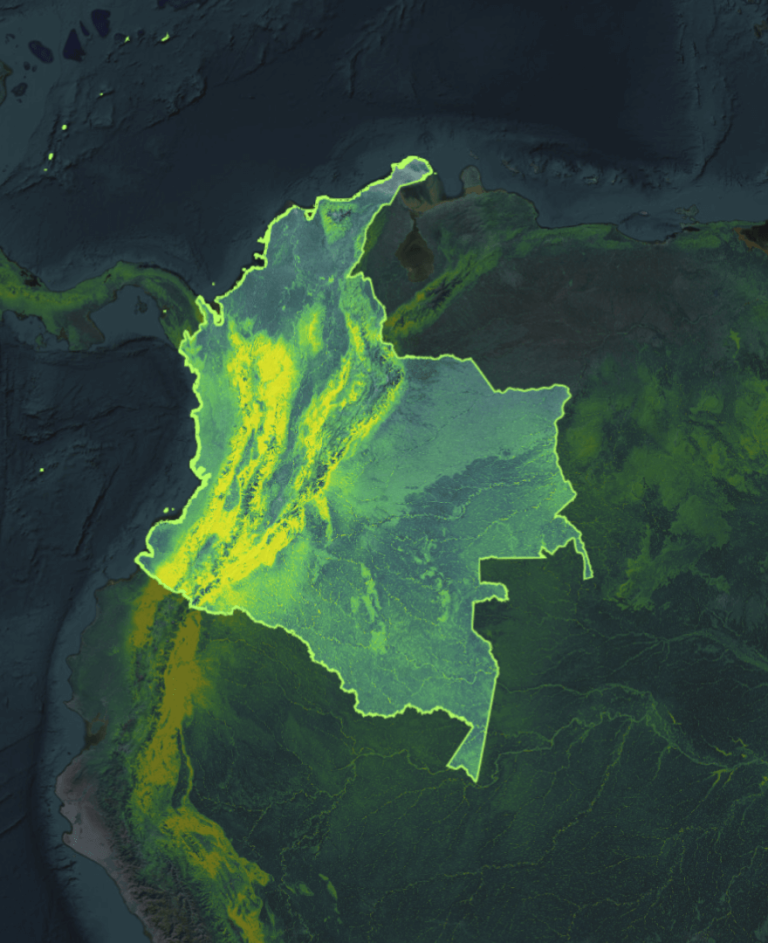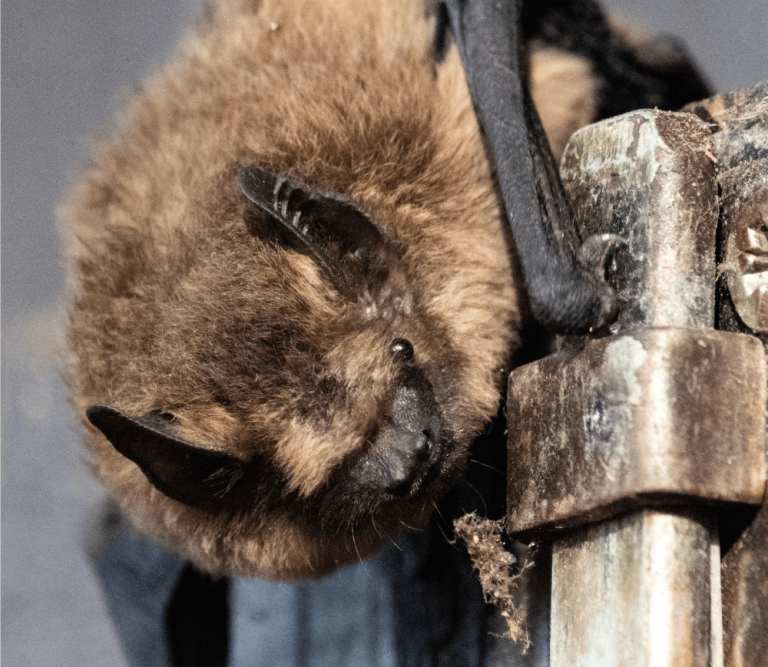Dragonflies: A Life in Air and Water
Overview
Earth is home to more than 7000 species of Dragonflies and Damselflies, the insect order Odonata. Dragonflies are familiar summertime acrobats. Less appreciated is the fact that all dragonflies start life in the water where they are voracious predators with amazing trap jaws. Explore aspects of dragonfly natural history including metamorphosis, migration, and mating. Resources include an interactive storymap, a lesson on living in water versus land, and a videochat with a recent college graduate working in a biodiversity conservation lab.
50-minute
lesson, with additional 20 minutes to view video and storymap. One class period or less, and/or moderate length homework
Subjects
Life science, Biology, Environmental Science, Entomology, Ecology, Evolution
You will need:
Printed Paper maps
Digital map files
Online half-earth map
Dragonflies: A Life in Air and Water
Learning Objectives
- Introduce students to a charismatic group of insects that have successfully inhabited our planet with thousands of species. Dragonflies are especially useful for exploring the important biodiversity concepts of richness and rarity.
- Students have the opportunity to learn about migration stories less familiar than the monarch butterfly or various birds and mammals.
- Explore many fascinating adaptations such as dual independent wings, specialized jaws, and metamorphosis from an aquatic form to a flying form.
Key Terms + Conditions
- Aquatic environments
- Terrestrial environments
- Insect metamorphosis
- Species richness
- Species rarity
- Predation
- Migration
- Life cycle
- Flight
Lesson Resources
Top tips for Instructors
- Have students explore the storymap on their own in class or as homework and then discuss what they’ve learned and ideas for future exploration.
- The lesson on aquatic versus flying forms of dragonflies can be done in class or as homework and extending the lesson to include exploration of dragonfly species on the Map of Life (mol.org) website is a great way for students to see the huge diversity of ranges that dragonfly species occupy, from species found across the globe, to those that are endemic to small regions including within a single US state.
- The videochat is excellent for getting students to think about the variety of careers in science, including helping scientists communicate their research findings.

